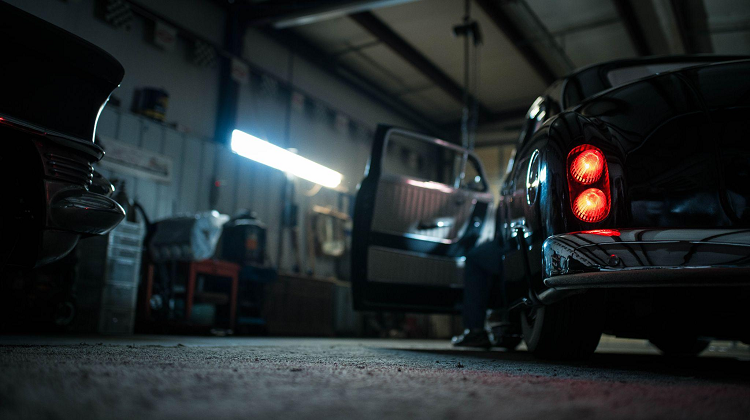Cars are massive machines, and as such, they require regular maintenance and repairs. One of the most common and important items you’ll need to take care of is your exhaust valve. If this part of the car doesn’t work correctly, it can lead to serious problems. In this blog post, we will provide you with few tips for maintaining and troubleshooting exhaust valves on your car. From replacing them to fixing them when they go out, these tips will have you up and running in no time.
What are exhaust valves?
There are two types of exhaust valves on a car – the exhaust valve for the engine, and the exhaust valve for the exhaust system.
The engine’s exhaust valve opens when hot gas from the engine’s cylinders is released, allowing exhaust from each cylinder to flow into the engine’s manifold. This helps reduce emissions and improve fuel economy.
The exhaust valve for the exhaust system is located downstream of the engine’s valves and opens when you press down on your accelerator pedal. This allows air and fuel to be expelled from your car’s tailpipe, helping to reduce emissions and improve air quality.
How do exhaust valves work?
When you drive your car, the exhaust valves open and allow hot air and gas to escape. The valves are located on either side of the engine and open when the exhaust is pushed out. When the car is cold, the valves need to be open longer to let the exhaust heat up and escape. If they don’t open properly, your car may not start or run well. There are a few things you can do to check if your exhaust valves are working correctly:
-Clean all of the seals around the valve with a clean cloth or paper towel. This will help remove any dirt or debris that could be interfering with how easily the valve opens and closes.
-Make sure there isn’t anything blocking the valve from opening completely – this could include pieces of plastic, rust, or leaves. If you find something blocking the valve, try using a vacuum cleaner to remove it.
-Check for leaks by listening for whistling or hissing sounds when you drive – if you hear these noises, there’s likely a leak in your system somewhere. Repairing small leaks can often fix bigger problems down the road.
What should you do if your exhaust valve doesn’t work?
If your exhaust valve doesn’t work, there are a few things you can do to try and fix the issue. First, make sure the valve is clean and free of debris. Second, check to see if there is air leaking from the valve. Third, check the wiring connections to the valve. Finally, replace the valve if necessary.
If the issue is air leaking from the valve, you can try to fix the issue by using a sealant or adhesive to attach the valve cover to the body of the exhaust pipe. If the wiring connections are damaged, you can replace the valve with a new one.
How to test your exhaust valves
- Testing your exhaust valves is an important part of maintaining your car. You can use a variety of methods to test your valves, including a diesel fuel leak test and a compression test.
- A diesel fuel leak test uses a small amount of diesel to check for leaks in the system. It’s important to do this test periodically because leaks can cause serious problems with emissions.
- A compression test uses a special machine that measures how much pressure is required to depress the valve by 50% of its original height. This information can help you diagnose problems with the valves and repair them if necessary.
How to maintain and troubleshoot exhaust valves
If you have a car that uses exhaust valves, it’s important to keep them in good shape. Here are some tips for maintaining and troubleshooting exhaust valves on your car.
- Check the valve seats. Valve seats should be free of dirt, corrosion, and other debris. Clean them with a cloth if necessary.
- Inspect the valve seals for cracks or leaks. Replace any seals that show signs of wear or leakage.
- Check the valves for signs of rust or corrosion. If they show signs of rust, clean them with a steel brush and a degreaser before recoating with a sealant. If they show signs of corrosion, replace them.
- Check the exhaust valves for misalignment. If they’re misaligned, the car won’t be able to properly expel exhaust gasses. Re-align them by adjusting their positions using a wrench or a socket.



